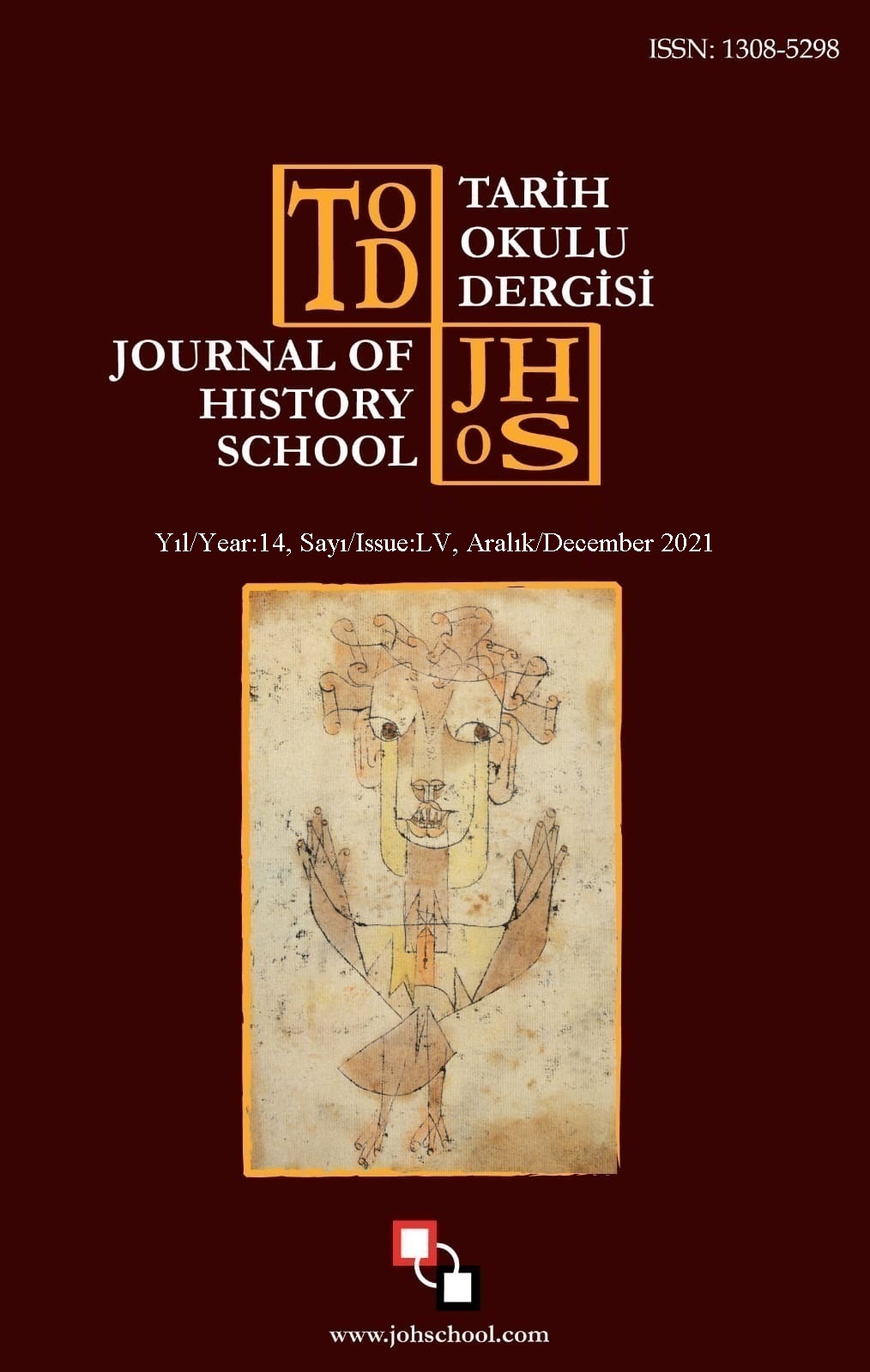Author :
Abstract
Bu çalışmada analiz edilmeye çalışılacak olan: 12 Mart Muhtırası ve aslında muhtırayla bertaraf edilen 9 Mart darbe girişimidir. 9 Mart, girişimden ziyade kuvveden fiile dönüşememiş bir darbe planı olarak da isimlendirilebilir. 12 Mart Muhtırası; hem 27 Mayıs’la birlikte başlayan ordu içi hiyerarşiden sapma belirtilerine karşı, üst rütbelilerin alttan gelen tazyikle birlikte yaşadıkları kariyerist kaygı hem de 12 Mart’la birlikte orduda; dönemin yaygın tabiriyle sivil darbecilerin “çengel atılan” mensupları vasıtasıyla yönetimi ele geçirme boyutuyla incelenecektir. Altmışlı yıllar boyunca partileşen ancak kitleselleşme imkânı bulamayan; parlamentoya giren ilk yasal sosyalist partinin bir sonraki seçimde büyüyeceğine, toplum nezdinde teveccüh görmeyerek küçülmesi karşısında; iktidarı, milli güçler koalisyonunun en müessir unsuru olan ordu eliyle alma eğiliminin de incelenmesi hedeflenmektedir. Çalışmada doğal olarak 27 Mayıs Darbesi ve sonrasındaki parlamentoya geçiş öncesindeki olaylara; Aydemir İsyanlarına, Adalet Partisi iktidarının hüküm sürdüğü yıllardaki gelişmelere de 9-12 Mart süreciyle ilgisi ölçüsünde değinilmesi çalışmanın amaçları arasında yer almaktadır. Bu çalışmada doküman analizi tekniği kullanılmıştır.
Keywords
Abstract
What will be analyzed in this paper is the March 12 Memorandum and the March 9 coup attempt which was actually averted thanks to the memorandum. The March 9 can also be called as a coup plan, rather than an attempt, that could not be put into practice by force. The March 12 Memorandum will be examined in terms of both the careerist anxiety experienced by the higher ranks in the face of the deviation signals from the hierarchy within the army that began with the May 27 due to the pressure from the lower ranks and the seizure of power through civilian coup plotters who were “beguiled”, to use the common term in that period. The paper also explores the tendency to take power through the army, which is the most effective element of the coalition of national forces against the backdrop of the representation of the first legal socialist party in the parliament which established its party organization during the sixties but unable to find the opportunity to popularize and eventually declined. As a matter of course, in the study, the events before the May 27 Coup and the subsequent parliamentary transition, the Aydemir Revolts and the developments during the rule of Adalet Partisi (Justice Party) will also be tackled to the point of their relevance to the March 9-12 process.





